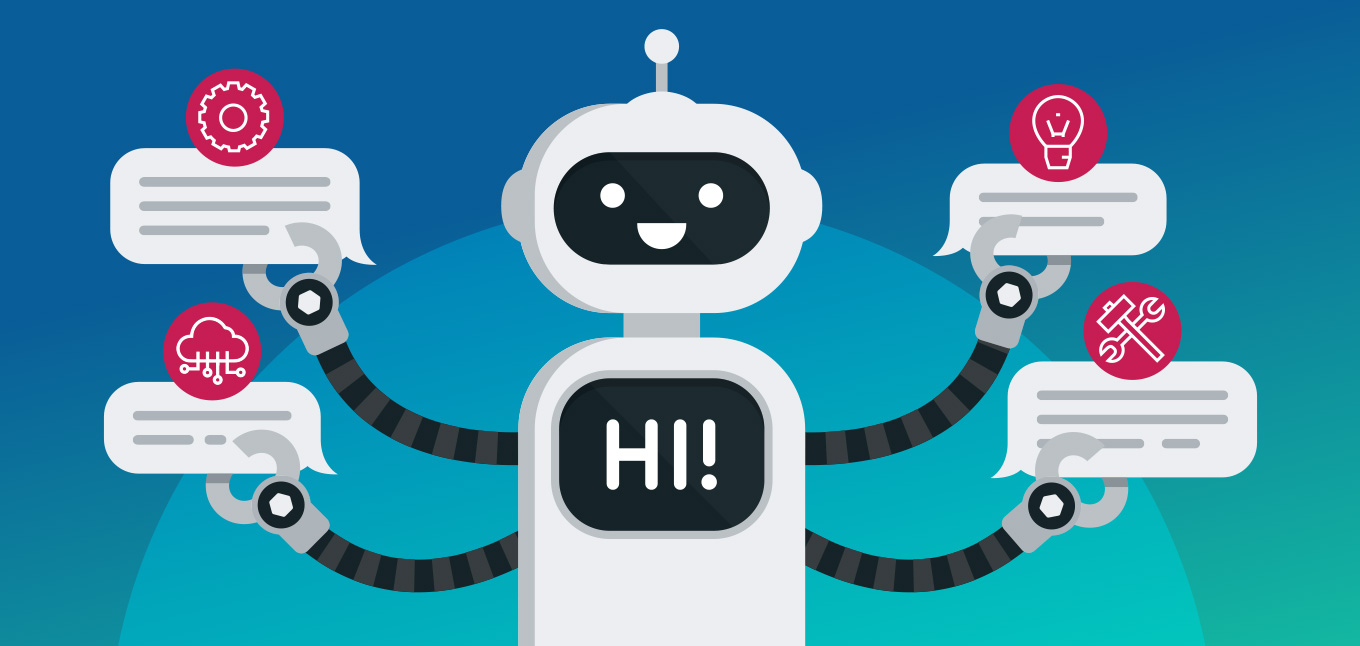

Copy botoflife from the downloaded source code to NetbeansProject/mychatbot/src as shown in Figure 4. Copy the existing source code of A.L.I.C.E into our Project folder. The following steps prepare NetBeans for coding.Ģ.

Figure 5: Package added in Project Figure 6: Copying the Bot folder in the Project folder Figure 7: Adding the required libraries to Project Figure 8: Final run: The answer given by A.L.I.C.E to the question Preparing NetBeans for coding We will use this, as it is, in our program. The folder ‘Source’ contains Java code for the robot A.L.I.C.E and the AIML parser. We can create our own AIML to increase the knowledge of our robot. This extracted folder contains the ‘Bot’ directory, which will have the collection of AIML. Extract Chatterbean to the folder (Figure 2).
Simple aiml editor download#
We will download the source code rather than the binary distribution.ĥ. Under the section ‘Download, Building and Usage Information’, go to ‘Download Chatterbean 00.008 Source Distribution’. Download the source code under the link Chatterbean.Ĥ. Figure 1: Downloading Chatterbean Figure 2: Extracting Chatterbean to the folder Figure 3: Creating a project and copying its path Figure 4: Copying botoflife to NetbeansProject/mychatbot/src Steps to creating a chat robotģ.

Nowadays, many parsers are available in various languages like PHP, Python, etc. We can also say that A.L.I.C.E is an AIML parser. is the response given by the robot to the user if the user’s pattern is matched.Ī.L.I.C.E is the robot created in 1995 by Dr Richard Wallace, in Java, by using AIML. Here, the tag is used to describe the user pattern or the user’s question. File first.aiml contains the XML based tag for the robot’s knowledge. Here is an explanation of the code given above.


 0 kommentar(er)
0 kommentar(er)
